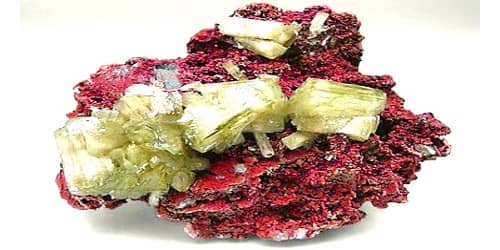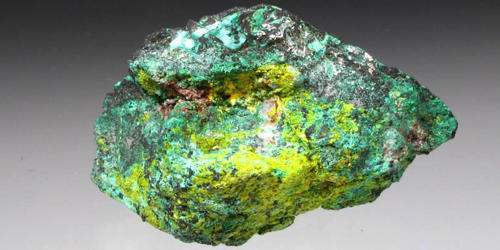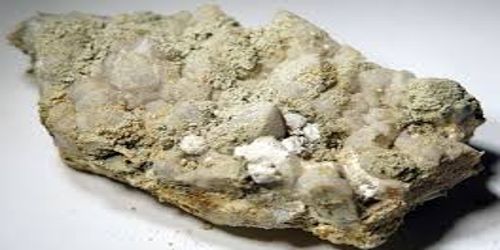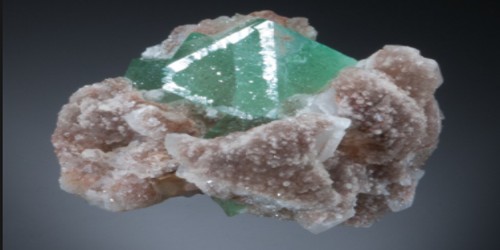Enargite is a copper arsenic sulfosalt mineral with formula: Cu3AsS4. It is a dark grey mineral consisting of a sulfide of copper and arsenic. It is a somewhat rare copper mineral. It does not often form well-shaped crystals, but there are several localities that produce some fine enargite clusters. The name is from Greek έναργής for distinct, in reference to its distinct cleavage.
Enargite is dimorph of the tetragonal luzonite. It is a medium to low-temperature hydrothermal mineral occurring with quartz, pyrite, sphalerite, galena, bornite, tetrahedrite-tennantite, chalcocite, covellite, and baryte.
General Information
- Category: Sulfide mineral
- Formula: Cu3AsS4
- Crystal system: Orthorhombic
- Crystal class: Pyramidal (mm2)
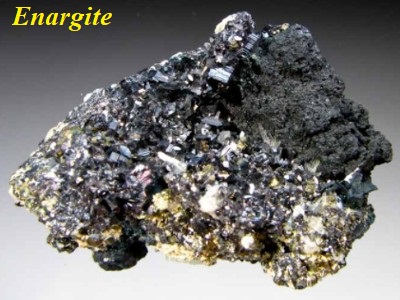
Properties
It takes its name from the Greek word enlarge, “distinct.” Enargite is a steel gray, blackish gray, with a violet-black mineral with metallic luster. It forms slender orthorhombic prisms as well as massive aggregates. It has a hardness of 3 and a specific gravity of 4.45.
- Color: Grayish black to iron black; gray to pale pink-brown, deep red internal reflections in polished section
- Crystal habit: Tabular of prismatic crystals, striated parallel to {001}; massive
- Fracture: Uneven
- Tenacity: Brittle
- Mohs scale hardness: 3
- Luster: Metallic to dull
- Streak: Black
- Diaphaneity: Opaque
- Specific gravity: 4.4 to 4.5
Occurrence
It occurs in the mineral deposits at Butte, Montana, San Juan Mountains, Colorado and at both Bingham Canyon and Tintic, Utah. It is also found in the copper mines of Canada, Mexico, Argentina, Chile, Peru, and the Philippines.
Enargite was originally described as a new species from the copper mines of the San Francisco vein, Junin Department, Peru.
Enargite is related to lazarevicite (named after M. Lazarevic), which has the same chemical formula, but cubic crystalline structure.
Information Source:

